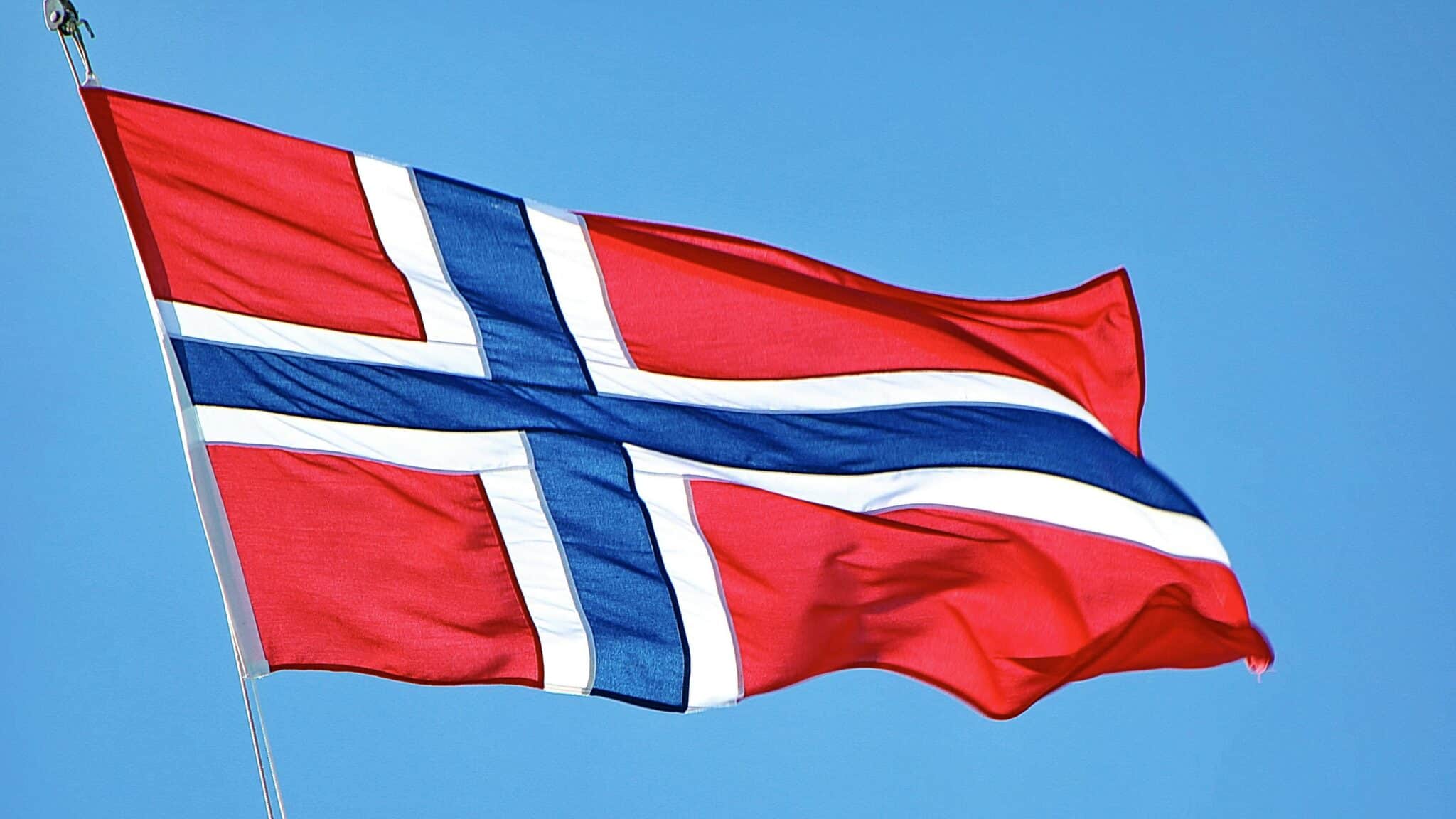A few years ago, the University of Berkeley invited me to give a presentation to a group from Norway that was interested in learning more about IPD. I was one of several presenters and will never forget what one of the Norwegian visitors said to me after my presentation. He asked me if I wanted to come to Norway and help them implement IPD for the renovation of the European Road E6 between the towns of Kval and Melrus.
The E6 is the main north-south highway in Norway, running from the southern tip of the country at Trelleborg in Sweden to the northern tip at Kirkenes near the Russian border, stretching 2,576km. It is the longest and one of the most important roads in Norway, connecting major cities and towns along its route. The busiest part of the road is the stretch between Oslo and Trondheim, which we refer to in this article.
So I flew to Norway to train his team in IPD for this $115 million project, spending two weeks, eight hours a day, with his team to implement the first IPD project in Norway.
Ethics and transparency as project drivers
When I started working with the Norwegian construction team, the first thing that struck me was their IPD contract, which had just six pages, and completely relied on ethics. We had several meetings where I shared how to start an IPD project. For two weeks, we went from the implementation of alignment and target value design to BIM, creating the team roles and responsibilities, and the communication plan, and discussing opportunities for improvement.
The second remarkable thing was that this team could keep focus for eight hours a day for ten days in a row. I learned that it has to do with their work culture. They work strictly eight hours per day and use their generous vacation days to rest. They seemed not as exhausted as teams in other countries.
The next thing that was astonishing was that everything was done in Norwegian. I don’t speak Norwegian, so I delivered my training and notes on our whiteboards in English. And the team added their notes in Norwegian. This showed me that when people understand the philosophy and processes of IPD, they can apply it in their language.
Value system created a strong foundation for success
The first thing I asked them to do was to align their definition of success for this project. As this was a new concept for the team, we talked about their values and how these values interact with each other.
We came up with a value system saying that if we are ethical and transparent, know how to cope with challenges, have processes in place, and empower people to communicate, trust, collaboration, and learning will happen as a result. We will improve our relationships, we will be innovative, and we will have fun. We will become more aware of the team environment, which will produce better results.
Everyone understood and agreed that ethics and transparency were the biggest things that they needed to embrace.
Check out our Introduction to IPD Online Course
Project milestones and target value design
After everybody in the team was aligned and we had agreed on ethics being the main project driver, the next step was to define the project milestones.
To do this, we needed to look at the Target Value Design. Target Value Design offers strategies to manage a project’s costs through its development and construction. Setting cost targets for a team will align thinking and motivate members to innovate.
We looked at alternatives, optimization, and how to freeze the central line – a critical milestone in road design – which was required to renovate the E6.
We discussed the following questions:
- What do we need to do to anticipate the freezing of the central line?
- What are the opportunities to do set-based design?
We realised pretty quickly that the team needed more time to answer these questions and decided to work in smaller groups to come up with answers. Afterwards, each group presented its solutions to the entire team.

Image: Mark Konig via Unsplash
Understanding the team environment is critical to successful planning
In IPD, we need to give to be successful. We need to have situational awareness, which means understanding the context, space, and time that the team is involved in. How do we position ourselves, and how do we move into the future?
Often, people do not understand the reality that surrounds them. They are simply not aware. So to practice situational awareness, I made them understand what they were dealing with, and what challenges they faced so that they could plan together. Understanding the environment is critical to successful planning.
While his team was working in small groups, the project manager was encouraging them to engage in conversations and propose set-based solutions. The most important thing was to make the team comfortable so that they could figure out the solutions themselves, as they were the experts.
IFOA and the Advantages of Bringing People Together Faster
Norwegian culture is a perfect environment for IPD
As we were planning to deliver the milestone ‘Freezing the central line’, the team explained that they did not work at Easter (one week) and during the summer holidays. Coming from the US, I found this hard to believe. Despite these work breaks, they managed to plan the milestones without overburdening themselves and delivered the project on the time promised!
I also noticed that the environmental awareness is very high in Norway. One of their goals in determining the success of the road renovation was to increase the number of bugs per square meter in the soil so that the farmers could achieve better productivity.
The team also clarified that they were spending money from Norwegian taxpayers for this road. They were concerned about getting the highest value from the money they would spend, showing their strong sense of stewardship.
I realized that the Norwegian culture created the perfect environment for IPD because people are not concerned about their profits only but also about how to achieve the best results with the resources they have.
For example, I explained something to them in English. They would listen and then ask if they could discuss this in Norwegian for a moment. After a few minutes, they would stop and ask whether they could apply their learning in a specific way. “If you agree, we will do it our way. If you don’t agree, we will exactly follow your recommendations.” I felt respected by the way they behaved.
Impeccable work ethic paired with a sense of humour
We also did daily stand-up meetings. We created weekly work plans to stabilize the project plan kick-off until the plan was completed. We used sticky notes on the wall, so every morning the team discussed the tasks that they would perform on that day. At the end of the day, they reported on their performance. Tasks that were not related to the weekly work plan were added to the ‘Parking Lot’.
After a while, they realized that the tasks on the parking lot were not added to the weekly work plan and became critical. They created another category for tasks labelled as the ‘panic lot’, which meant that these tasks needed to be done with high priority. Everyone demonstrated a great sense of humour.
After many years of working with IPD teams worldwide, I noticed that the culture of each country plays an important part in the success of IPD projects. Apart from the US, I worked in Germany, Spain, Canada, and other countries. Many IPD teams seem to tend to go back to their old methods, to fall back into their old habits, after finishing their first IPD project.
Norwegians, on the contrary, seem to be very flexible in their learning approach and adopt new ideas and concepts quickly. They can focus and adapt, they care about the project and the resources they need to finish the project. They want the best outcome for everybody involved.
New IPD Case Studies in Canada
IPD allowed significant savings and on-time delivery
The team initially planned 53,000 hours for the design, but after the Pull Planning session, the team projected that they needed 36,000 hours only, which equalled savings of 17,000 hours ($100 per hour on average) or $1.7 million. The team saved another $2.2 million by looking at different design options using set-based design and delivered the project as planned.
Project at a Glance
Building Type: Infrastructure
Project Type: Road Renovation
Location: E6 Kvål – Melhus sentrum
Budget: 1200MNOK = $115M
Schedule: Delivered on time
Owner: Nye Veier
Feature image: Meric Dagli via Unsplash
Paulo Napolitano is the CEO of Allele Network and an expert in Lean Management Systems (LMS) and Integrated Lean Project Delivery (ILPD). Paulo has been applying Lean Principles in projects and organizations in North America, Europe, and South America since 1999.
His main focus is on people and how they structure their decision-making. He helps them build their leadership based on collective trust and not on position.




